The name of Maroon It is one of the best known of all Greece, and for different reasons.
Firstly for a geographical issue, since the isthmus of corinth is the one that unites the Peloponnese peninsula with the rest of the country through Attica, where it is located Athens.
Its privileged location has meant that this territory has played a decisive role for millennia, and the ancient city of Corinth It has historically been an important commercial and political center.
In more recent dates, such as the 19th century, the construction of the corinth canal once again made evident the strategic value of this place.
If we also add its proximity to Athens, which is about 85 kilometers away and can be traveled mainly by highway, it is reasonable to think that Maroon be one of the fundamental stages in a Peloponnese sightseeing trip.
In any itinerary we think of, Maroon It is on the way since you will always have to pass through the isthmus.
All the information in detail
The best things to see in Corinth in Greece
La modern city of Corinth It is located on the edge of the sea, but what interests us all is the ancient Corinth, which is about two kilometers inland.
This distance was, in other times, a security measure since it allowed defense to be organized in case a threat arose from the sea.
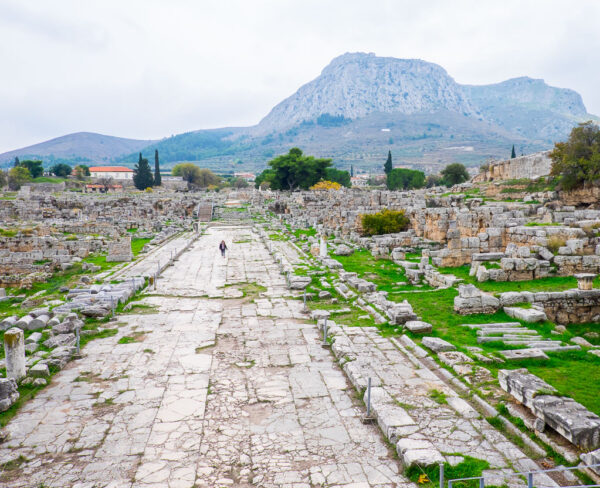
Its location was the appropriate place to control the isthmus because, in addition to the fertile lands and abundance of water in the surroundings, it is located at the foot of the enormous rock mass of Acrocorinth, perfect for building a fortress.
How to see the Corinth Canal in Greece
To explore the different attractions of Corinth, the best thing is, if you come from Athens, to start with the channel.
To do this you have to leave the highway at the exit towards Loutraki and continue along the old national road towards Maroon.
The place cannot be missed since we will pass over the bridge over the canal. There is a parking lot just after the bridge.
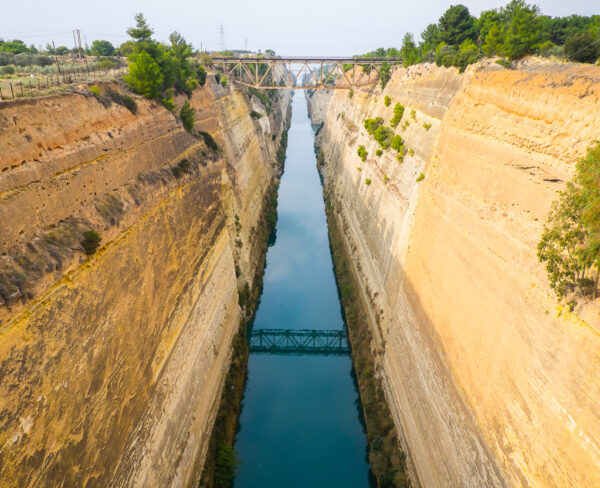
Curiosities history Corinth Canal
El corinth canal It was one of those old dreams of the Antiquity which came true many centuries later.
Although characters like Julius Caesar y Nero They tried to dig a canal that would prevent ships from having to go around the entire Peloponnese, but the idea was abandoned as it was considered unrealizable.
On the other hand, a road was built, called diolkos, which allowed the transit of ships.
These were unloaded and placed on a type of wheeled platform that was moved by force of slaves or animals.
Its layout was practically parallel to the canal and some short sections that can be seen near the bridge are still preserved.
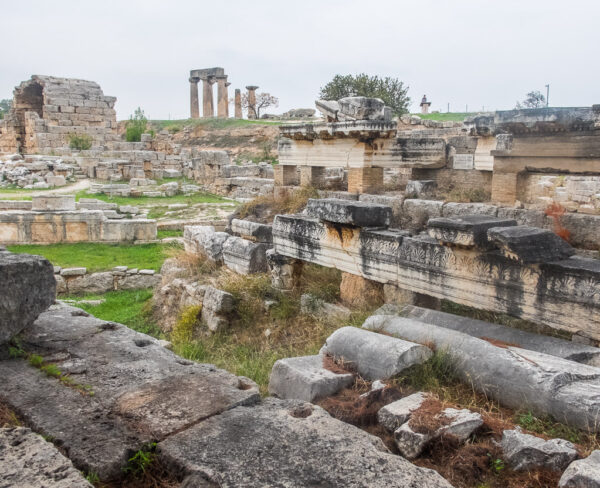
There is a pedestrian crossing parallel to the road to be able to cross it and stop to admire this work of engineering that only became possible in the 19th century after the invention of powerful explosives.
The canal has almost vertical walls, and being barely 25 meters wide and only eight meters deep, it can only be used by small boats.
How to visit and what to see in ancient Corinth
In less than 15 minutes you can get from the canal to the premises of the ancient Corinth.
Su history It is really long and extends from the archaic to the Byzantine era, passing through classical Greek, Hellenistic and Roman times.
ORGANIZE your TRIP
- Don't forget your TRAVEL INSURANCE with a 5% discount
- Book the HOTEL for your trip
- RENT a CAR for your trip
- The best TOURS and EXCURSIONS in Spanish
- NO-LINE TICKETS for museums and monuments
- Best FREE TOURS around the world
- Book your TRANSFER from the airport
- eSIM card with INTERNET at the best price

The highlight begins in the 6th century BC for the control of commercial development. This same thing caused its importance to decline in periods of war and to strengthen in periods of peace.
Next to the parking lot in front of the entrance you can see the remains of the greek theater and the roman odeon.
Corino Archaeological Museum
After entering the venue, it is best to go directly to the Archaeological Museum, where numerous pieces found in the excavations that have been carried out since 1892 at this site and in the surrounding area are shown.
There we find mosaics, ceramics, and the set of statues and plaques which is located in the courtyard is very interesting.
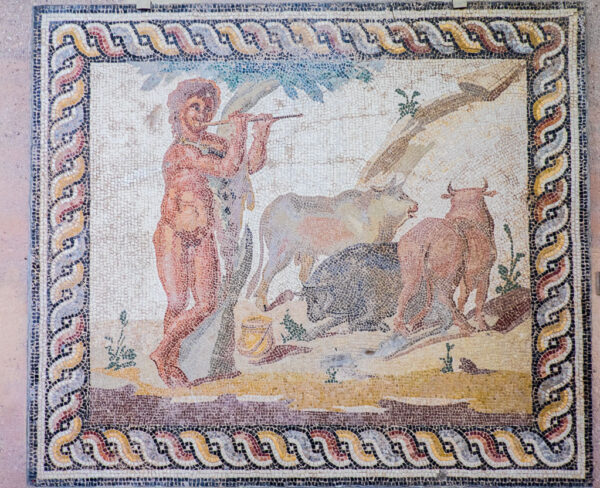
Kunos of Klenia in Corinth
Probably the most attractive pieces in the museum are the Kouros by Klenia.
Are two marble statues from the 6th century BC that represent two young men.
They were found in a cemetery, which is unusual, and in fact in the museum they are located right next to a grave.
They have been on display since 2011 since they were confiscated in 2010 from traffickers of archaeological objects. For some reason it is prohibited to photograph them.
The entire museum is full of small pieces and abundant information that allows you to fully appreciate the importance of this place in the history of the Greek world.
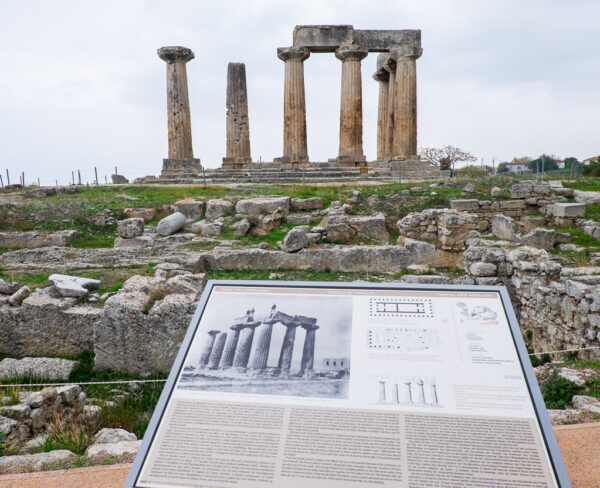
Temple of Apollo in Corinth
Within a tour of the ancient Corinth, the structure that stands out the most is that of the Temple of Apollo, which is located in one of the highest areas of the enclosure.
From the middle of the 6th century BC, it is one of the oldest temples in Greece and although incomplete, it is much better preserved than the buildings that surround the agora, which are more recent.
This temple responded to the classic model that had a peristyle formed by 15 columns on the long sides and six on the short ones.
The agora of Corinth
On a lower level it extends the agora, the civic center, which is surprising for its large dimensions (about 200 meters long by 100 wide), which are a reflection of the wealth of the city, especially in Roman times.
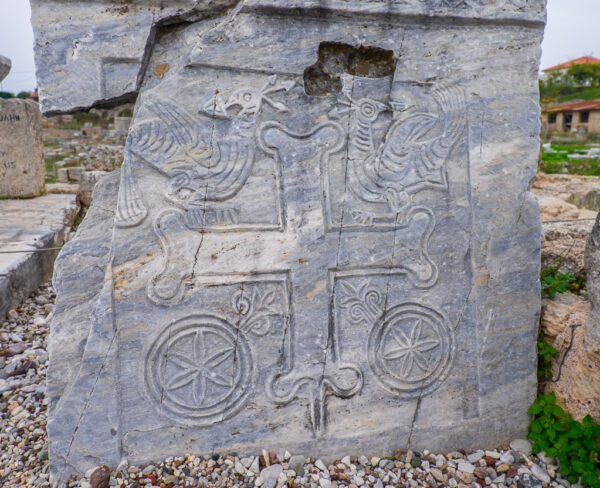
However, it takes a real exercise of imagination to be able to visualize what it must have looked like in its heyday, when it was covered by a marble floor and dotted with numerous statues, as well as a sacred fountain and a large altar.
Great colonnades would line in front of the stores that would gather large crowds.
On the west side, on the side where the museum is located, there were a series of temples dedicated to different gods, such as Neptuno, Apolo, Hercules, Hermes y Venus. Behind them a row of shops reminded that the agora It was as much a religious as a social and commercial space.
On the south side stands out the bema, a raised structure from which it was easy to address the crowd.
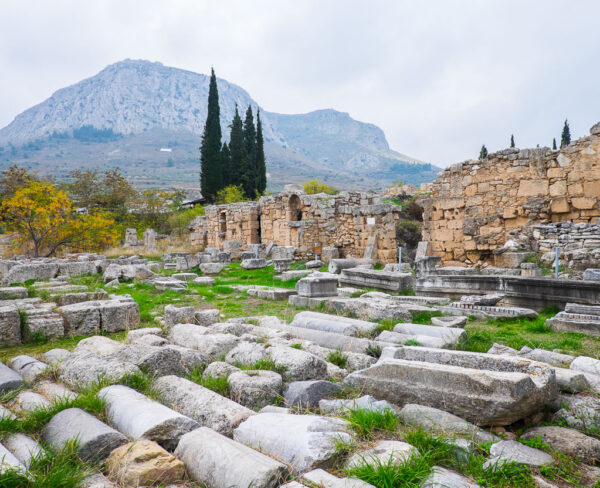
The governors would speak from here and it would be the place used by San Pablo to address the Corinthians. There are numerous remains of buildings of all kinds, from hostels and taverns, to the senate and a basilica.
On the eastern side of agora the remains of the Julian Basilica, which was used as a court.
Don't forget your Travel Insurance
Are you organizing your trip or getaway? Don't leave without take out your travel insurance before, and here we explain why. If you hire it with us, you have a 5% discount
El agora It closes on the north side with numerous shops, the Pirene Fountain, the main one in the city.
Next to it the propylaea give way to the Lechaion Street, the Roman cardo maximum, which largely maintains its marble pavement, which would be lined with shops, latrines, bathrooms and a market.
Through this street you can access the exit, which is through a different door than the entrance.

Acrocorinth Fortress in Corinth
If you have a car, it is time to start the climb towards the Acrocorinth fortress, which crowns the large rocky mass that dominates the entire area Maroon.
This place was occupied from the 6th century BC until as recently as the 19th century.
From these heights, where water abounds, the entire area of the isthmus is perfectly dominated.
This fortress has been occupied by all the powers that have dominated the area. In the Middle Ages was citadel biggest of all Greece.
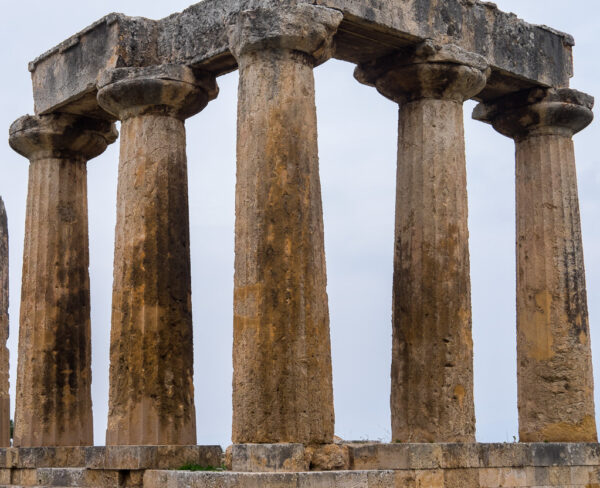
Strength impresses with its large dimensions and the different walls, which adapt perfectly to the abrupt relief and belong to different periods.
From the parking lot in front of the entrance the view is spectacular, and you are already beginning to distinguish the three lines of walls that are crossed by three monumental doors.
Each one is from a different era: the first was built by the Ottomans, the second by the Franks, and the third by the Byzantines.
Within the large area delimited by the walls, the ruins of different buildings are scattered, which also describe the history of the place, from a Temple of Aphrodite, An chapel and a mosque.
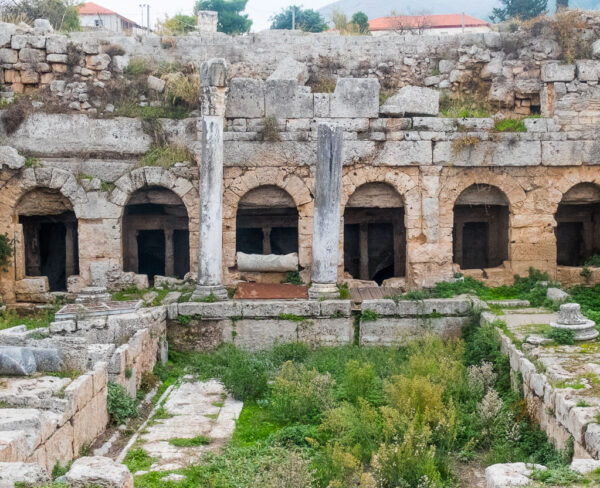
Schedules and ticket prices to visit Corinth and Acrocorinth in Greece
El archaeological site of Corinth and Acrocorinth fortress They open every day for public visits.
The Visiting hours of ancient Corinth They change throughout the year, opening at 8 in the morning, and closing time depending on when it gets dark.
El entrance price to visit Corinth is 8 euros, with a reduced rate of 4 euros, and the Acrocorinth Fortress can be visited for free.
Book your hotel, 15% discount, free cancellation
When planning your trip, we advise you to, well in advance, Book your hotel now on booking.com where you can find discounts from 15% and you will have a possible cancellation for free


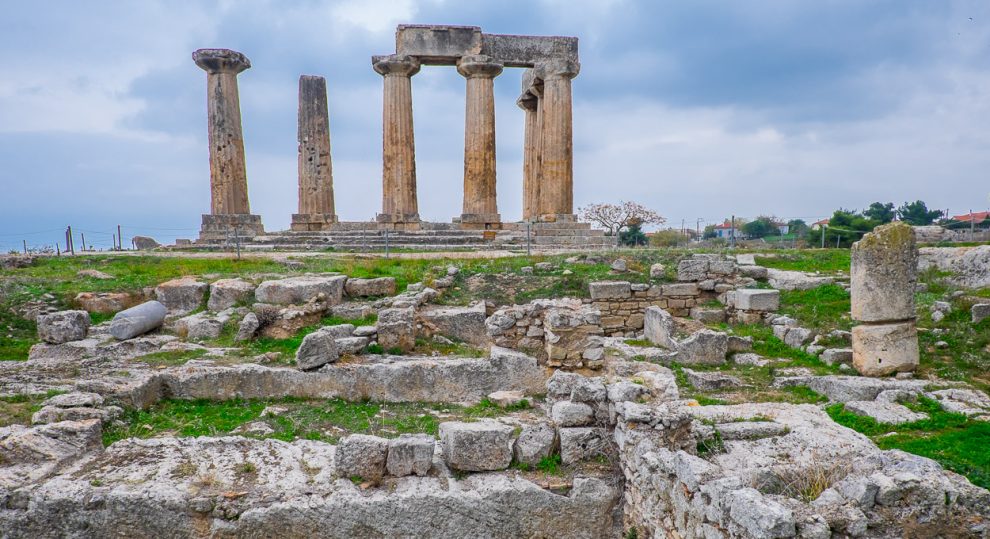
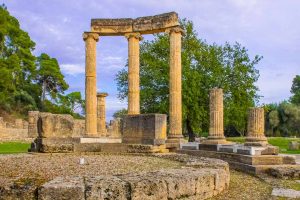
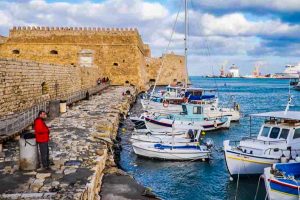










Comment